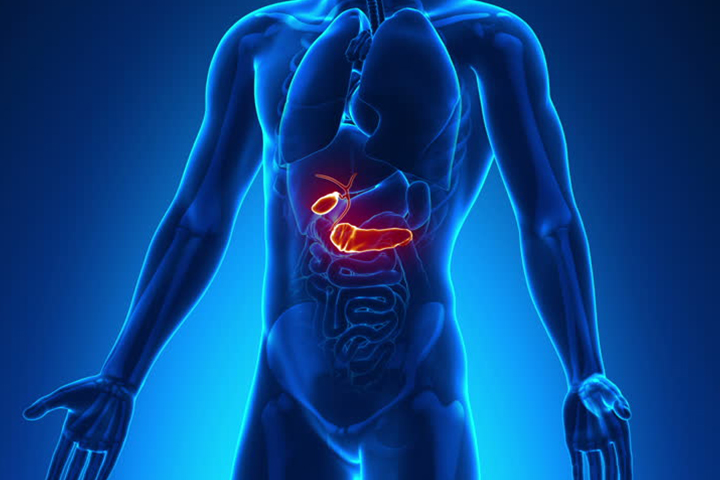
March 27, 2023
Gallstones are a concerning medical condition in the United States. With almost 2.2 million ambulatory care visits in 2022, they continue to be a leading digestive disorder. The treatment for gallstones used to involve medications and heating therapies to dissolve them, however, in 2023, cholecystectomy is the recommended treatment of choice. When experiencing symptoms of gallstone such as sudden “piercing” pain in the upper right portion of the abdomen, it is advisable to consult a general surgeon in Fort Worth, TX at DFW Bariatrics and General Surgery. But before that, go through this blog to learn the basics of cholecystectomy.
Overview
Cholecystectomy is a surgical procedure to remove the gallbladder. The gallbladder is a pear-shaped organ located in the upper right side of the abdomen, sitting slightly above the liver. It is responsible for storing digestive fluid that facilitates the breaking down of food in the stomach, called bile juice. Gallstones are formed due to the coagulation of insoluble digestive fluids and cause “cholelithiasis.” Though cholecystectomy poses a minimal risk of developing severe complications, it is advisable to consult our general surgeons in Fort Worth, Tx for complete guidance including pre and postoperative measures to ensure a near-risk-free surgery.
Reasons to undergo cholecystectomy
As mentioned above, gallstones are the primary reason why people undergo cholecystectomy. The doctor might prescribe cholecystectomy if a patient develops:
- Gallstones in the bile duct, called “choledocholithiasis”
- Gallstones in the gallbladder, called “cholelithiasis”
- Inflammation in gallbladder
- Large (and infectious) polyps in the gallbladder
- Pancreatitis (inflammation in the pancreas) due to gallstones
- Limited ability due to prior gastric bypass or duodenal switch to access the bile duct
Working mechanism
Cholecystectomy involves the removal of the gallbladder. This is achieved by:
- Asking patients to change clothes and take off jewelry/accessories/body piercings (if any).
- Removing hair (if present) at the cut site.
- Cleaning the site with a sterile (antiseptic) solution.
- Inserting an intravenous (IV) line in the arm.
- Setting the patient to a deep sleep under general anesthesia
- Inserting a laparoscopic tube through the windpipe to facilitate breathing, followed by a quick check-up of vitals (pulse rate, BP, and O2 levels).
- The technique of cholecystectomy depends on the nature (and severity) of the condition.
Variations in cholecystectomy
Cholecystectomy is performed in two ways. These include:
Open (traditional) Method
As the name suggests, this procedure is characterized by making a long (4-6 inches) cut at the upper right section of the abdomen, allowing the surgeon to carefully remove the gallbladder.
Laparoscopic / Robotic Method
Laparoscopy is a relatively modern concept in the field of medicine that facilitates a minimally-invasive surgical intervention to achieve anatomical/physiological objectives such as the removal of tissue/organs or introducing modifications. When it comes to cholecystectomy, laparoscopy is an effective surgical approach, requiring 3-4 minute incisions on the targeted site, followed by the insertion of a thin cylindrical tube with a small light and camera to provide surgeons an internal view of the organs.
We, at DFW Bariatrics and General Surgery, leverage robotic and laparoscopic techniques for performing cholecystectomy that entail minimum postoperative risks and ensure long-term relief of pain and discomfort.
Final Word
Undergoing cholecystectomy is a simple, yet a challenging experience for the patient, requiring specific lifestyle changes to adapt to physiological changes that follow the surgery. If you are a resident of Dallas, Tx and experiencing symptoms of gallstones such as rapidly intensifying pain in the upper right portion of the abdomen and sternum, our experienced general surgeons at DFW Bariatrics and General Surgery can help. We provide comprehensive solutions for bariatric and general complications starting from simple diet; exercise; and medication, to non-surgical, and surgical interventions. To schedule an appointment and learn more about cholecystectomy, call 469-620-0222 or email [email protected]. You can also fill out our contact form, and we’ll respond shortly.
